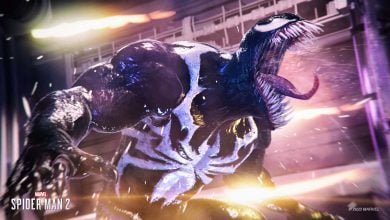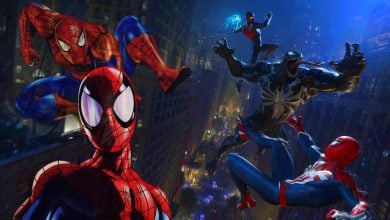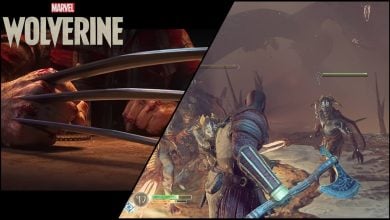Story Highlights
- Neversoft’s Spider-Man on the PlayStation was the first 3D outing for the webhead. It’s hailed as one of the best Spidey games alongside the movie tie-in, Spider-Man 2.
- Spider-Man 2 set a standard for traversal, Web of Shadows had the most ambitious take on combat, and Shattered Dimensions dabbled in the multiverse. Individual yet unique in every way.
- After over half a decade of overall mediocrity, Insomniac did justice to the character with Marvel’s Spider-Man and is set to release the highly anticipated sequel—Marvel’s Spider-Man 2.
Spider-Man is undoubtedly one of the most iconic comic book superheroes to have graced the medium. Originating from Stan Lee and Steve Ditko‘s vault of creativity, we were first introduced to the wall-crawler in 1962’s Amazing Fantasy #15. Defying the conventions of the Silver Age, Spider-Man immediately soared and went on to become a cultural icon. After all, he did shatter the mold.
At the time, superheroes had always been special people for the most part. Superman, Batman, Thor, Iron Man, Captain America, Fantastic Four, X-Men, and the list goes on. Prior to the formation of their superhero persona, these characters were special in some way, shape, or form. When Amazing Fantasy #15 dropped, Spider-Man went against this standard in every single way.
You had a normal teenage student attending a science presentation on radiology who happens to get bitten by a spider that coincidentally ended up in radioactive rays thereby granting the boy superhuman powers. This was a product of one big happenstance and in a way, it could happen to anyone. Not only that, it’s easier to relate to a teenage student than a billionaire philanthropist, a Norse God, or a soldier juiced up with special serums.
Since his debut, Spider-Man has gone on to be featured in several different forms of media, including video games, and my god, Spider-Man games don’t miss. Even at its worst, it provides some form of enjoyment. I’ll explain this a bit later on but a bad Spider-Man game tends to be so deep in the gutter that it unironically becomes a form of art.
Insomniac Games has been making strides since 2018 in delivering us pristine experiences involving everyone’s favorite web spinner. With the upcoming Marvel’s Spider-Man 2, it’s evident that Insomniac is making good on its promise of making the sequel to 2018’s hit the best game it has ever made. But it wasn’t always like this and at one point, the character fell off the radar harder than Tobey Maguire in Spider-Man 2.
Spider-Man Games In The Early 2000s
Games featuring the web-slinger predate even the fifth generation of consoles. I’m sure many players who were fortunate enough to own a Super NES or SEGA Genesis back in the day would remember Spider-Man: Maximum Carnage. It’s got a pretty solid cult following after all. But what I want to focus on is the 3D era of games and how relevant Spider-Man has been throughout those years.
The first game that featured Marvel’s iconic superhero in a 3D environment was Neversoft’s Spider-Man for the PlayStation. It was released on several platforms but the main draw was throwing Spider-Man in 3D New York mainly consisting of rooftops of buildings and some indoor areas for certain missions. One of the most charming things about it was the lore explanation for being unable to set foot on the ground level.

Spider-Man 2000 featured a basic 3D traversal and combat system where the player was able to crawl on walls, shoot webs, and swing off of them. Players could also use certain commands for web-powered attacks. Perhaps its greatest asset was the suit roster, each outfit in the said roster was accompanied by special powers and perks that added a new layer to the game.
This title would lead to three sequels, one of which would feature a Create-Your-Spider system allowing you to select your outfit of choice & setting powers to it based on what you prefer. Pretty revolutionary for Spider-Man games, especially when you know how diverse his wardrobe & powers are. The early 2000s is also the time when the wall-crawler would arrive on the big screen in the first of Sam Raimi’s famed trilogy of Spider-Man films.
This trilogy would spawn three movie tie-in titles between 2002 and 2007 starting with Spider-Man and its sequel on Sony’s PlayStation 2 followed by Spider-Man 3 on the PS3. A version of it was also launched on the PS2 with certain differences in gameplay and of course, downgraded visuals. Up until the first game in the trilogy, Spidey’s webs didn’t attach to buildings so we came to believe that Uncle Ben was helping him swing.
The meme came to an end when Spider-Man 2 hit the shelves for the sixth generation of consoles. It’s long been held in high regard for what is the core of any Spider-Man game—web swinging. If the traversal isn’t good in a game featuring the webhead, it’s not going to work. Jamie Fristrom’s work on the pendulum swinging set a bar way too high. Pretty cool since the guy gave his approval to Spider-Man PS4’s mechanics.

Ultimate Spider-Man was another game to arrive prior to the third movie tie-in and it was fantastic. Featuring a more cartoony and comic-style presentation, the game had a visual aesthetic that stood out at first glance. Not only that, the ability to play as Venom was perhaps its crowning achievement as people hope for that to this day. It’s yet to be seen whether this will be a feature in Marvel’s Spider-Man 2 so fingers crossed.
Overall, these two generations of home consoles were filled with magnificent gaming experiences, many of which featured my favorite superhero. Needless to say, I had a blast playing all those titles crafted by passionate developers. It’s surprising to me how the movie tie-ins for the Raimi trilogy were actually quite good. Something you can’t say for most games of that nature.
The Most Ambitious Take On Spider-Man’s Combat
While the games had been good up until then, they had reached a point of stagnation so to say. Superhero titles were declining and it was obvious to anyone who tried to look. Spider-Man: Web of Shadows did a lot of things with the web-slinger and his universe but it did one thing that towered over all else, the combat. I do not have the words to describe how great it felt to beat the hell out of baddies in Web of Shadows.
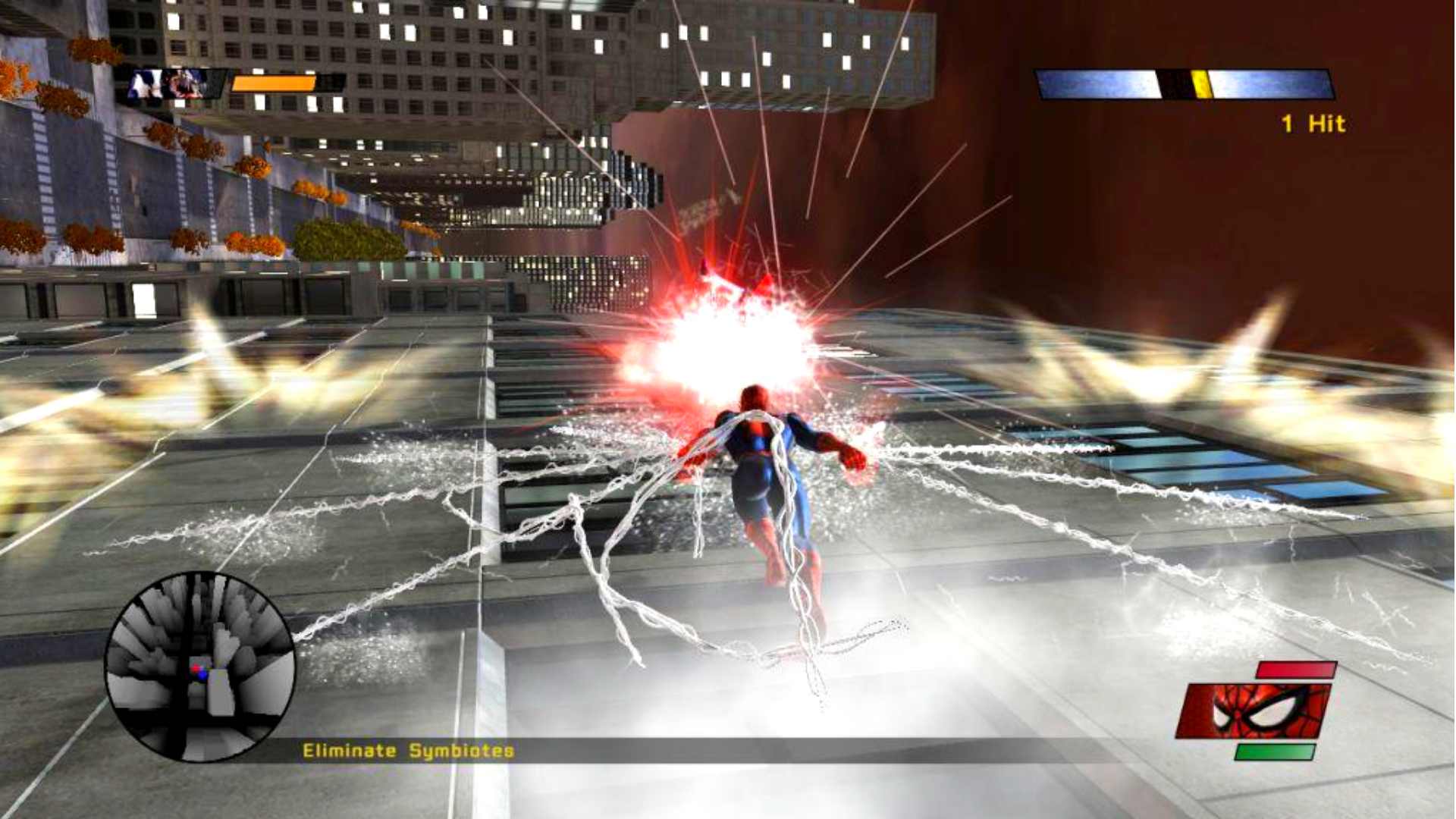
The game stripped a lot of iconic Spider-Man features like bonus costumes and whatnot but its gameplay diversity arguably made up for it. Combat could occur in a variety of situations. On the ground, in the air, on the side of buildings and skyscrapers, and it was fast, responsive, and satisfying. The combos and unlockables for the traditional and Symbiote suits elevated the gameplay to newer heights.
While reviewers bashed the game for its various flaws, many of which were justified, combat was given due praise. The sentiment is shared by fans as well who consider Web of Shadows to be one of the most in-depth takes on gameplay in a Spider-Man title.
In 2009, WB and Rocksteady would release Batman: Arkham Asylum and it changed the landscape of superhero titles, setting a bar so high that it took a while for Spider-Man to reach it. The road was long and filled with bumps but the journey was worth it.
Spider-Man, The Beenox Era, And The Dead Years
2010 would mark the beginning of a new era for Spider-Man games as Activision brought Beenox on board for development. That year, we’d see the launch of Spider-Man: Shattered Dimensions, a game that brought four Marvel universes together and allowed players to control different Spider-Men, each offering a unique spin on gameplay and aesthetics.

Shattered Dimensions, in my opinion, had the greatest visual presentation seen in any Spider-Man game since USM on PS2. You had four distinct universes rendered in their own unique visual style and color palette. To add on top of it, each universe featured its own unique gameplay gimmicks, such as Noir’s stealth or 2099’s freefall and Accelerated Vision.
Reception was generally positive while criticism was directed at its story, choice of villains, and certain technical issues. As a Spider-Man fan, however, it’s a game I’ll always hold close to my heart especially because of what happened to all these Beenox titles. A sequel to Shattered Dimensions, Edge of Time, was released in 2011 and it was objectively a downgrade. Not only in visuals but in every other department as well.
Personally, I enjoyed it a lot and only got PlayStation 3 because I wanted to play that and Metal Gear Solid 4: Guns of the Patriots. While I had a blast going through Edge of Time, I couldn’t help but see the cracks in it. The game gave off this feeling of being rushed out as if to fill a quota. It had degraded visuals, combat felt rehashed, and the environments were so boring that they put me to sleep at one point.
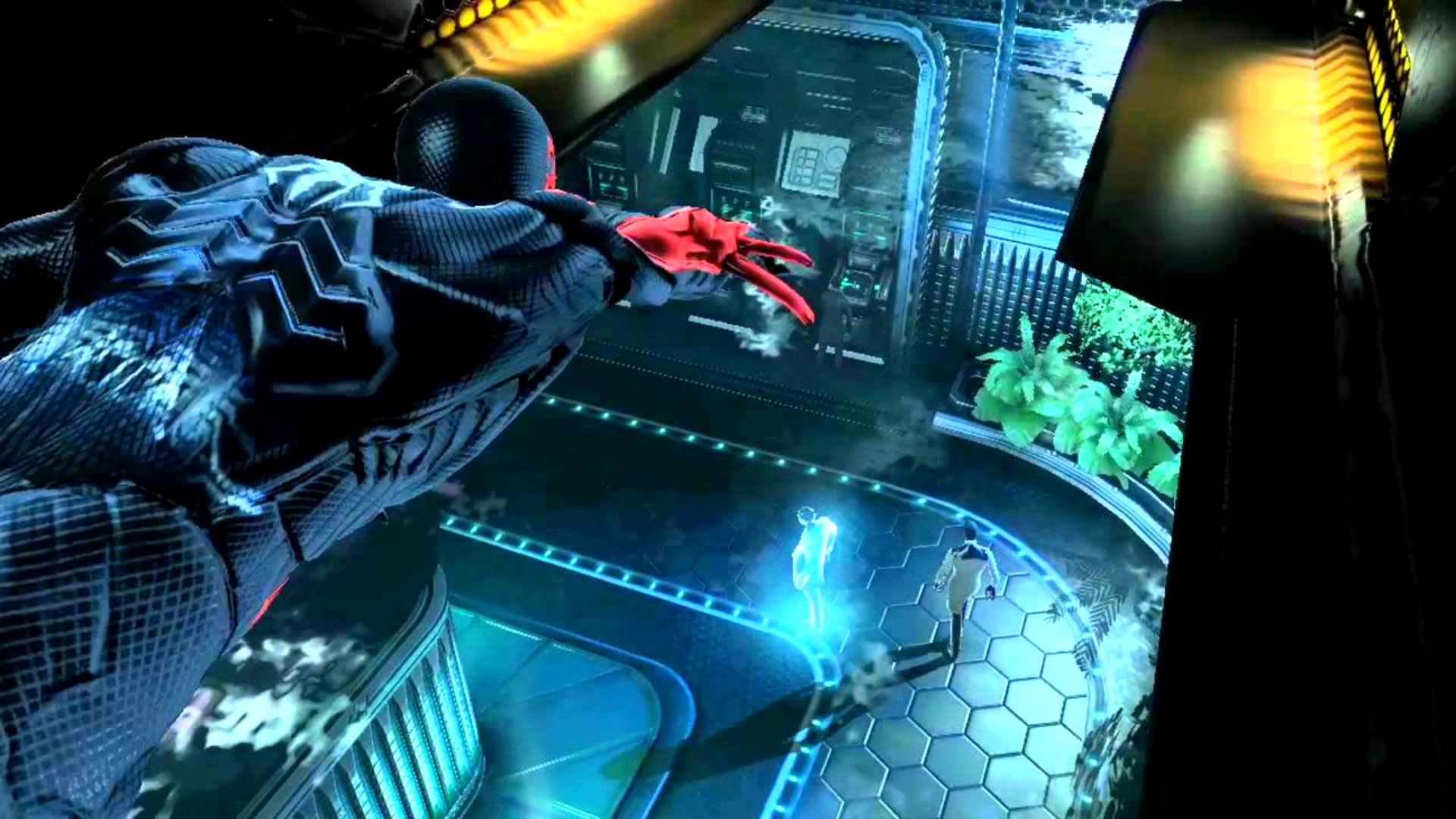
During this time, Sony rebooted the Spider-Man films and we got a new series starring Andrew Garfield. The first movie of his received a tie-in game called The Amazing Spider-Man. Now it committed a sin by not making webs stick to the buildings but aside from that, this tie-in entry was actually really enjoyable. It took place after the events of the movie and played it safe. That was the problem with Spider-Man games.
While Spider-Man titles continued to dive deeper into mediocrity, the Arkham series was constantly upping the ante on superhero games. Perhaps the greatest insult to the character came in the form of The Amazing Spider-Man 2. The dual trigger system it featured for web swinging was decent but you know it’s a sad state of affairs when its Android counterpart feels more close to the nature of the character.
This was the straw that broke the camel’s back. The Amazing Spider-Man 2 failed to deliver on anything at all and was simply a bad game. The world felt dead, AI was incompetent, traversal felt clunky, and in many ways was a downgrade from ASM 1 including the web rush mechanic, combat was uninspired, and technical issues plagued it. It’s as if this game was the product of reaching the ultimate level of garbage which is sad for several reasons.
Earlier, I said even a bad Spider-Man game provides some form of enjoyment because it’s so bad, it ends up being good. You start appreciating it for how bad it is and continue to play it until you just don’t want to see it ever again unless it’s in a meme. The one thing I did like about ASM 2 was the addition of Carnage even though it was the most rushed-in thing ever but that’s about it.
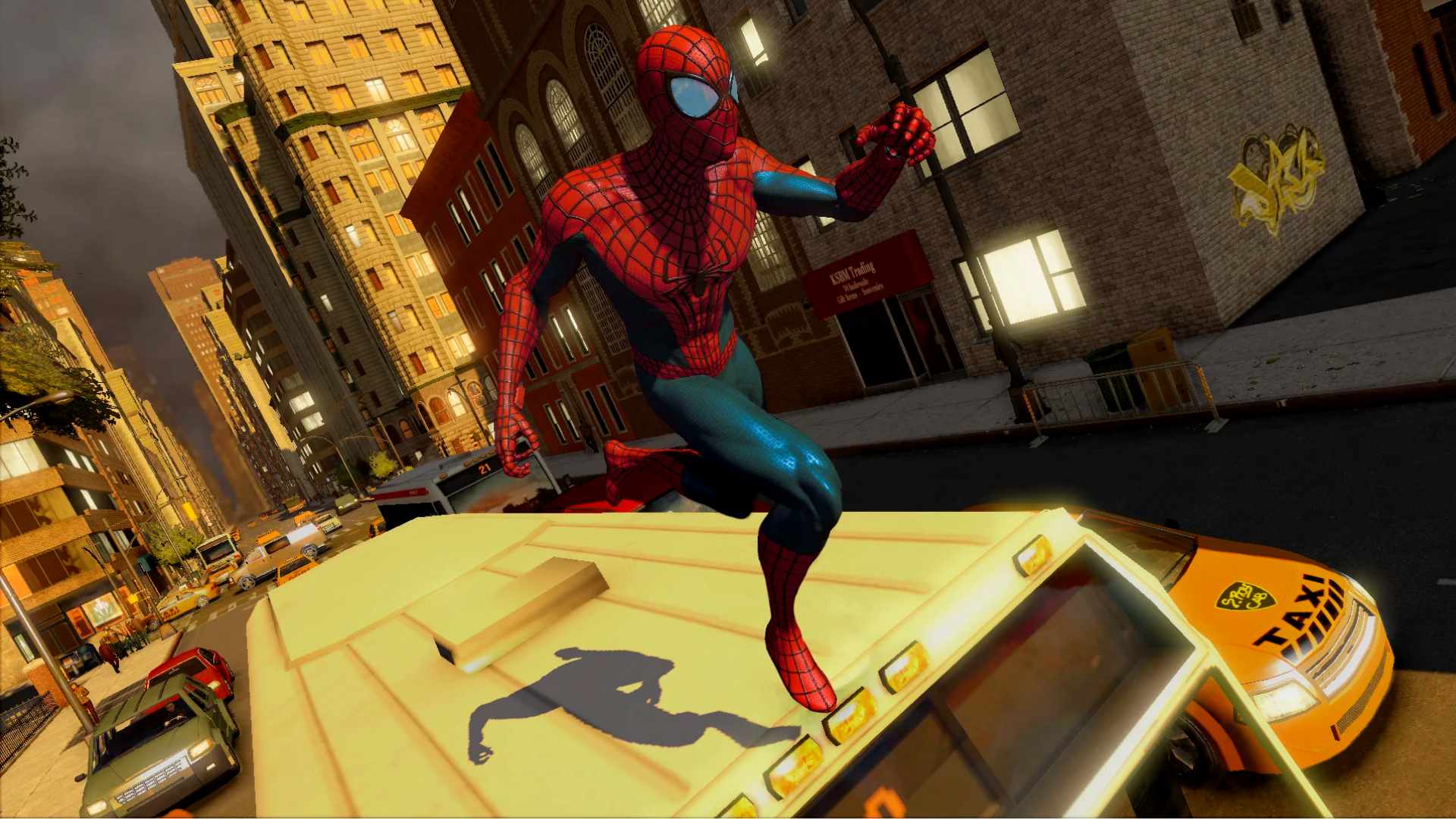
After over five years of continually putting out nice to average entries, Spider-Man would fall off the gaming space and Activision’s license with Marvel expired. This led to the delisting of all four Beenox entries from digital storefronts, essentially killing them. Bad games are bad games but even they should be preserved. And if I’m being realistic, Shattered Dimensions, Edge of Time, and The Amazing Spider-Man were really nice.
Enter Insomniac Games & Spider-Man PS4
The eighth generation of consoles saw the least amount of Spider-Man games. Not only did ASM2 fail, the Beenox titles were delisted which killed the chances of Shattered Dimensions & Edge of Time even getting a remaster for the generation. Web of Shadows was also lost to time & things went radio silent for a couple of years until 2016. Sony dropped a big reveal for Spider-Man PS4 being in development at Insomniac Games.
Marvel’s Spider-Man would go on to become the most anticipated title for Spidey fans and it was a monumental undertaking for Insomniac as well. They had to craft a game for one of the most mistreated characters in video games that can not only sell but goes above & beyond to shatter the wheel of mediocrity and disappointment. Insomniac had to ensure that it embodied the core tenets of a great Spider-Man story along with engaging gameplay.

Evan Filarca made a video talking about some of the development history of Marvel’s Spider-Man and it’s really heartening to see how passionate Insomniac was about this project. After all, it’s no small feat to restore people’s faith in Spider-Man games as developers had always messed up some aspects of them.
Marvel’s Spider-Man launched to resounding success. Critical reception was positively off the charts and sales numbers crossed the stratosphere. It managed to deliver everything that was promised and broke the wheel of disappointment that had been turning for years. The story radiated charm and everything that made Spider-Man into the character that we knew and loved.
Post-launch content was highly respectable and while it did follow the standard open-world formula, what gave it a pass was the pristine traversal system and lore tidbits hidden in backpacks. In 2020, Insomniac delivered once more with a follow-up, Marvel’s Spider-Man: Miles Morales. We all knew this would happen and it served to flesh out Miles as a character, showing his growth as a fellow Spider-Man.
Furthermore, Insomniac managed to capture the essence of the character and how he distinguishes himself from Peter Parker. After all, Miles has everything that Peter does and more. The series has sold 33 million units to date and that’s honestly the best place this character has seen in forever. It did for Spider-Man what Arkham did for Batman and Insomniac has my gratitude for it.
Marvel’s Spider-Man 2 Is Aiming For Greater Heights
We now stand on the verge of Marvel’s Spider-Man 2, the highly anticipated sequel to the game that saved Spidey from hell. The recent PlayStation Showcase, despite being a disappointment overall, provided an in-depth look at the upcoming sequel and things are already looking phenomenal. People are busy speculating on how the plot is going to develop and incorporate all of the elements of this new universe and much more.
Marvel’s Spider-Man 2 takes us back to New York but this time the scale is greater than before. We’ll be able to explore the different Burroughs along with the main island of Manhattan but that’s not all. Combat is also being improved for both Peter and Miles with the inclusion of the Symbiote for the former and new bioelectricity powers for the latter.

On the traversal side of things, Insomniac has added the glider tech in Marvel’s Spider-Man 2 which enables both Spideys to ride the wind and mix it with traditional web-slinging and zipping. It’s not easy making a sequel just because of the groundwork that’s already been laid out. You need to channel creative energies and understand how to improve and expand the core in a way that would justify a full-priced game, and make it stand on its own.
A lot of what Insomniac is doing with Marvel’s Spider-Man 2 is reminiscent of games like Beenox’s Shattered Dimensions and Edge of Time. The Symbiote’s powers and attacks for example are strikingly similar to Ultimate Spider-Man and the ability to switch between Peter and Miles during missions takes me back to Edge of Time. At this point, it’s hard to say whether we’ll be able to play as Venom but at least he’s going to be in it.
Spider-Man Is Back
Insomniac straight-up saved Spider-Man and that’s all there is to it. My only wish is to see how far they go with the character and what direction they’ll take after Marvel’s Spider-Man 2. After all, this Peter is already part of the multiverse and is about to appear in the upcoming Across The Spider-Verse movie. Since he’s the same Spidey, I’d assume he’d be aware of it in-game too. It’s a stretch but if done right, can lead to interesting stories.
The studio’s penchant for crafting gameplay systems that feel fluid and out of the box also makes me yearn to see its take on other Spider-Men throughout the Marvel multiverse but that’s more likely to happen in fantasyland.
Marvel’s Spider-Man 2 is set to release on PlayStation 5 in Fall 2023.
Thanks! Do share your feedback with us. ⚡
How can we make this post better? Your help would be appreciated. ✍
